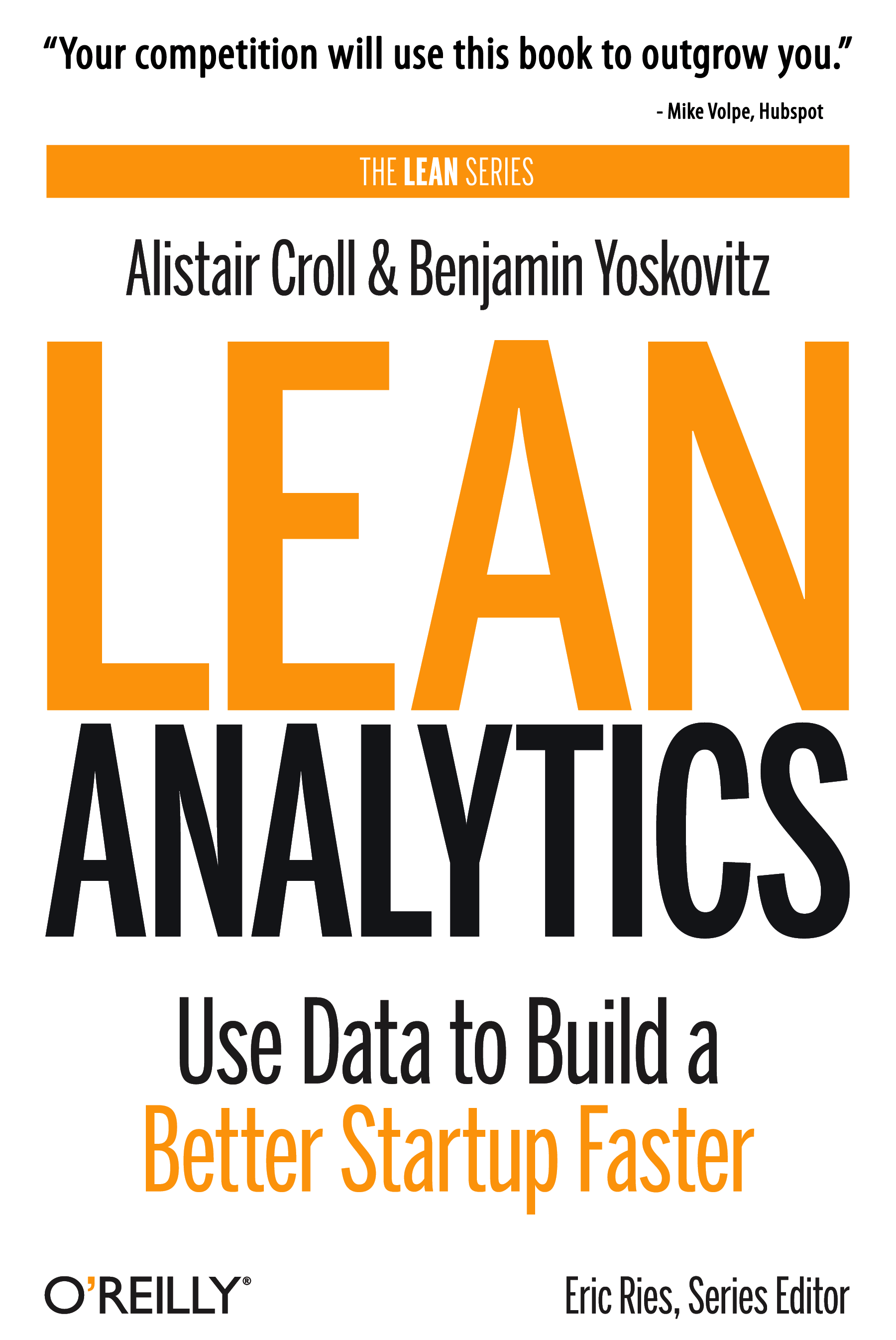No one reads help manuals anymore…do they?
 Help manuals are notorious for being poorly written. Have you ever tried to build an IKEA shelving unit? And that even comes with pictures!
Help manuals are notorious for being poorly written. Have you ever tried to build an IKEA shelving unit? And that even comes with pictures!
Most manuals for software (which is the industry I work in most of the time) are insanely complex, technical and dry. I’ll admit to even writing some complex, technical and dry material. Part of you wants to be dry so you can get the information out in as clear a form as possible; but dry doesn’t necessarily equate to simple. So we loop around and around and get nowhere and accomplish very little except for 5,000 pages and too many cut-down trees.
Kathy Sierra posits that we should have marketing departments write help/user manuals.
It sounds nice on paper, but I could see the result being a mish mash of “ra ra ra, we’re the greatest!” and “technical mumbo jumbo” hacked to pieces by people that don’t understand it. I do like the idea of making help manuals more attractive, but I’m not sure marketers are the right people for designing the information in the format that’s needed. Still, it’s worth a try if you decide to keep your help manual in the first place.
But they’re obsolete remember?
So let’s look at what we can replace the old help manual with. It’s really a combination of figuring out how people learn, getting them information more easily / faster, and inciting people to want to learn.
 Contextual Help. We’ll stick with words to start (there are plenty of people who prefer and enjoy learning via reading), but instead of dumping a giant manual on someone’s desk, why not provide contextual help within your software application / product? And for those of you that are immediately thinking about Clippy, Microsoft’s oft-hated “Office Assistant” please take a deep breath.Contextual help could be as simple as providing people a link to a help file specific to whatever section they’re in on your product. Or perhaps they mouse-over something, right-click, and select a “help option.”
Contextual Help. We’ll stick with words to start (there are plenty of people who prefer and enjoy learning via reading), but instead of dumping a giant manual on someone’s desk, why not provide contextual help within your software application / product? And for those of you that are immediately thinking about Clippy, Microsoft’s oft-hated “Office Assistant” please take a deep breath.Contextual help could be as simple as providing people a link to a help file specific to whatever section they’re in on your product. Or perhaps they mouse-over something, right-click, and select a “help option.”
Contextual help is about finding ways to give people less information. Of course, Clippy was insanely annoying (don’t forcibly pop anything up!) and Microsoft has killed him.
- Video Learning. Most of us are visual creatures. Given the choice between reading 10,000 lines of help manual or watching an instructional video, I’ll take the video. Creating video help files is fairly easy, although it does require some planning, and good execution. All you need is a screen recording application like Camtasia and a microphone and you’re all set. I’ve worked on a couple video learning projects and more often than not they’re extremely well received. There’s a certain “wow” effect to watching a video. And you’ll never wow anyone with a help manual.On this front, I do agree with Kathy:
If the best way to help create passionate users is by helping users learn and get better, then we should put our power to entice, motivate, and inspire someone to buy more, and use it to entice, motivate, and inspire someone to learn more. In the end, those passionate users will evangelize our product or service far more credibly and honestly than we can.
Video learning is a great way of doing that.
- User Communities. Now more than ever, software companies (and others) promote and manage user communities online. Lots of people would prefer to get answers from their peers than from the company in question; and most people think that their peers will be more responsive (and they’re usually right!) Building up a user community is a great way of promoting on-the-fly help, but also promoting people to create their own materials that they offer others through blogs, documentation, etc. Companies should of course interact within the communities they create, and offer the necessary guidance, management and support for those communities to flourish.
User communities can include forums, blogs, chats, wikis, etc.
If you’re adamant that you’re going to have a help manual then please, at least put it online. Make it searchable, tag the entries and set it up like its own mini-site (or mini-blog!) Put some actual thought and effort into it (this where help manuals fail most of the time; they’re an afterthought!), and maintain it.
For many of us, the help manual is something that gets shoved in a desk drawer or used as a paper weight. At best, we might recycle it, at worst it gets thrown in the garbage. The help manual is obsolete because there are better ways of doing it; more interesting, engaging and valuable ways to help people.
[tags]Kathy Sierra, passionate users, creating passionate users, customer service, camtasia, help manuals, user manuals, online help, user communities, forums[/tags]
Ikea photo by Julian Bleecker
 Founding Partner at
Founding Partner at 